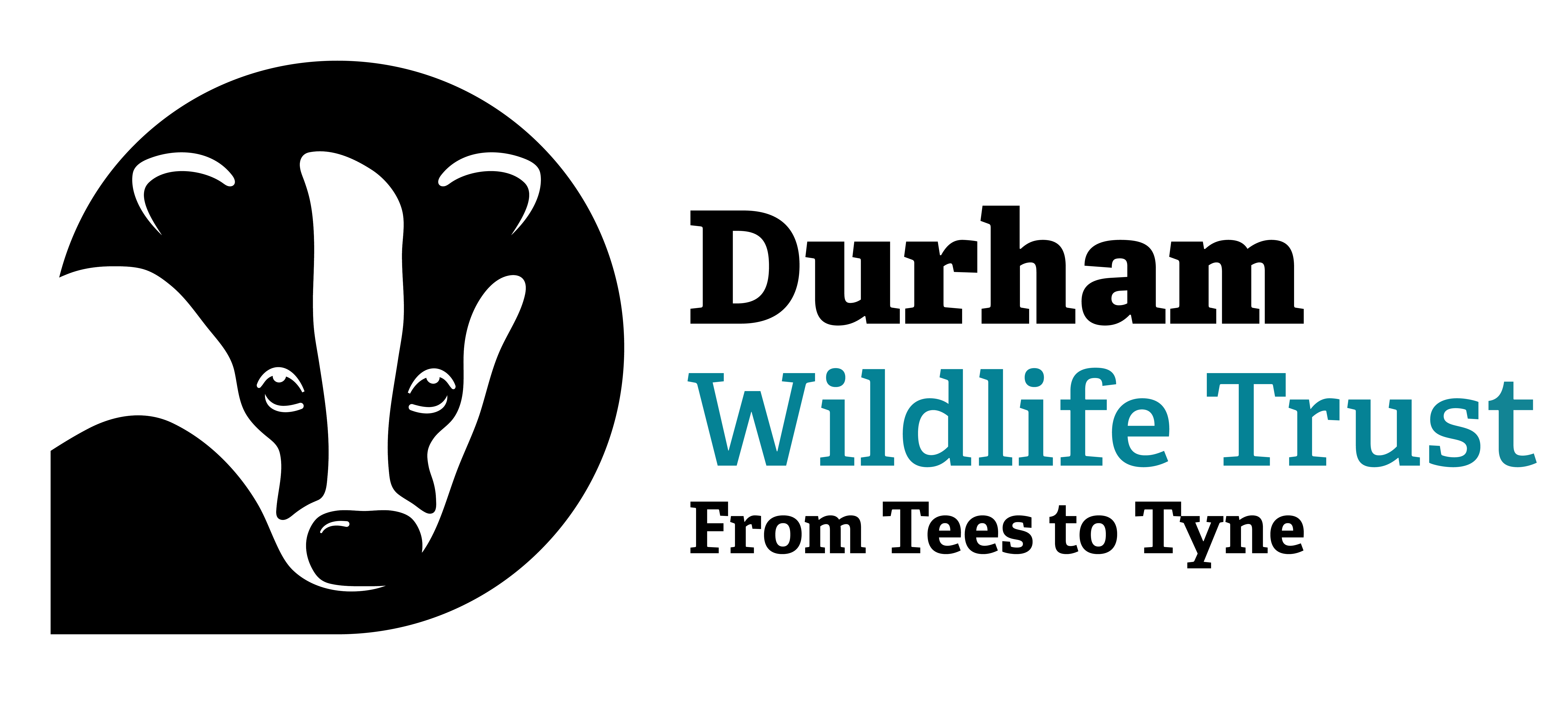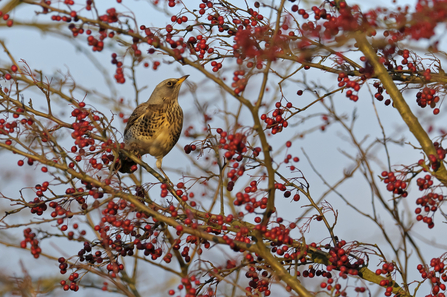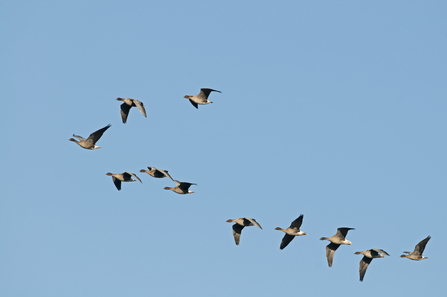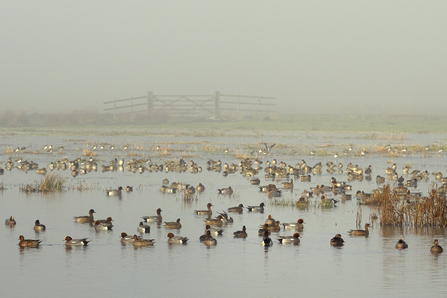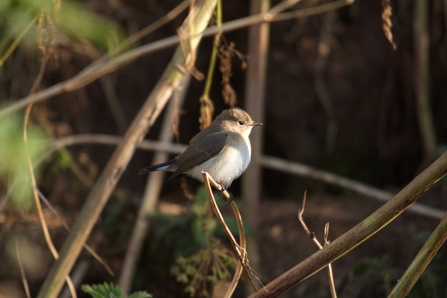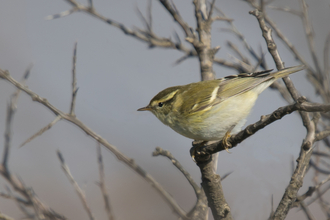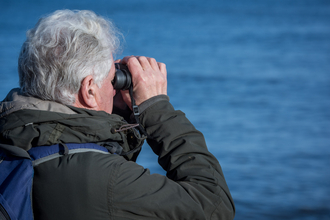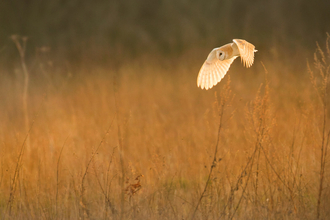Most people are pretty familiar with the idea of migration. Animals make epic journeys that can cross countries and even continents. Many of these are seasonal, driven by changes in weather, temperature and the amount of daylight. All sorts of animals migrate, from hoverflies to whales, but it's birds that really bring migration to life. Through them, we can see migration in action, visibly unfolding in the air above us.
Various birds are on the move throughout the year, but spring and autumn bring the biggest changing of the guard. In autumn, our summer visitors are leaving, heading south in search of a warmer climate. They’re replaced by winter wanderers, fleeing the harsher weather of northern and eastern Europe.
